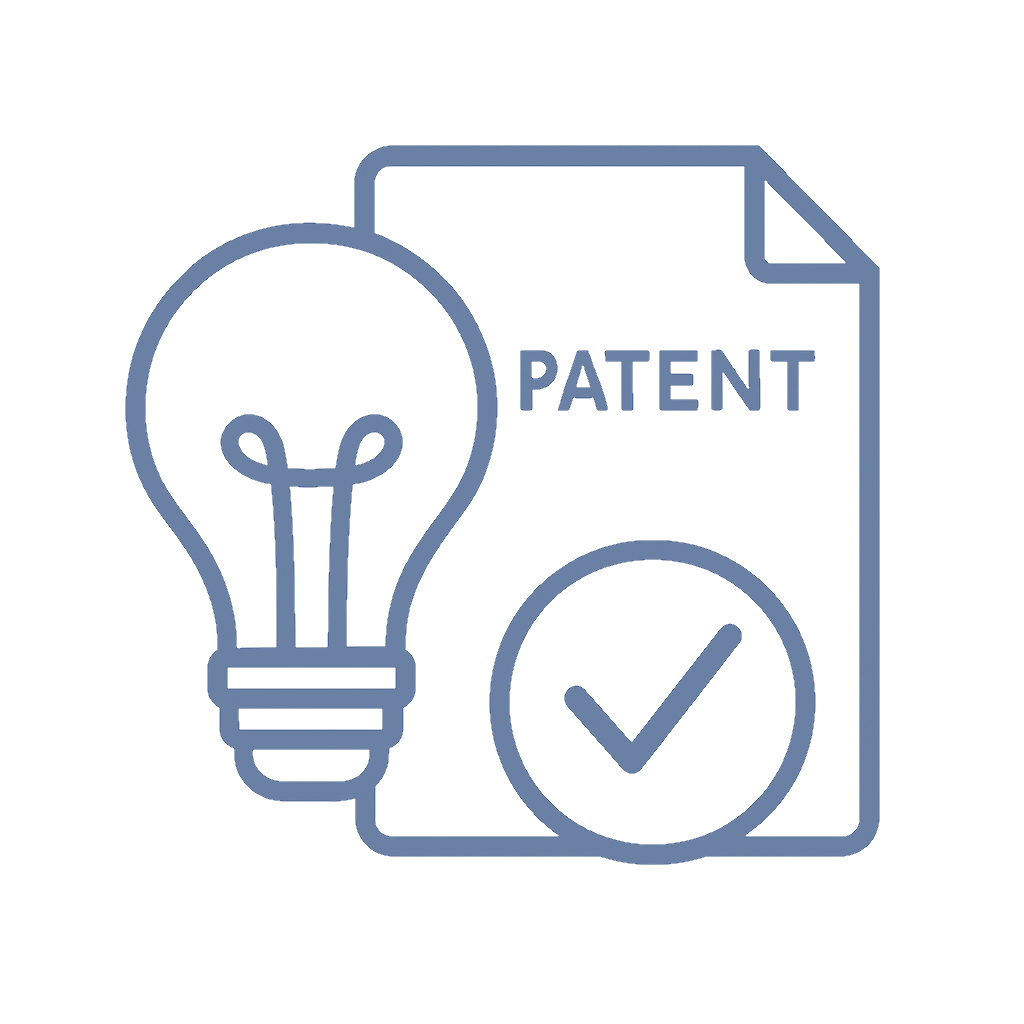📌 Quick Summary
1-Sentence Answer
Speaking too soon about your invention can trigger the 12-month patent countdown, and missing it may kill your protection entirely.
The Article Overview
This article unpacks how public disclosure and the offer-for-sale bar threaten patent eligibility. It explains the U.S. 12-month rule, the differences between “first-to-file” and public disclosure, safe filing strategies, real-world pitfalls, myths, risks, and global considerations.
❓ Common Questions & Answers
1. What’s the difference between first-to-file and public disclosure?
First-to-file decides who wins the patent race. Public disclosure starts a 12-month countdown that can disqualify you entirely. Both rules matter independently.
2. How soon do I need to file after disclosure?
You have exactly 12 months under U.S. law, but many other countries offer no grace period—filing before disclosure is safest.
3. Do private sales trigger problems?
Yes. Even secretive or incomplete sales agreements can activate the “offer-for-sale” bar. Helsinn v. Teva confirmed this.
4. Are NDAs enough protection?
No. NDAs reduce risk but do not stop the legal clock. Only filing establishes true protection.
5. Why is this risk worse for startups?
Because startups often rely on pitches, demos, and crowdfunding—all of which can count as disclosure unless a patent is filed first.

📜 Step-by-Step Guide
Track All Dates
Keep a clear record of when your invention was shown, pitched, or sold to know the 12-month deadline.
File a Provisional Application
Establish a priority date cheaply and quickly, buying time to refine and secure funding.
Limit Early Disclosures
Avoid press releases, crowdfunding, and demos until a filing is made.
Know International Rules
Outside the U.S., no grace period usually exists. File before disclosure to protect global rights.
Consult Counsel
Have a patent attorney or solicitor audit your planned activities before going public.
📖 Historical Context
The U.S. grace period is rooted in the Patent Act of 1952, intended to let inventors test inventions without instant forfeiture. The America Invents Act of 2011 overhauled the system by introducing the first-to-file rule, which rewards speed over who invented first.
Before AIA, inventors could argue “first-to-invent,” but now whoever files first at the patent office generally wins. Yet, the public disclosure rule remains separate. Disclosure doesn’t just create a race—it can completely block patenting if the 12-month rule is missed.
This dual system—first-to-file plus public disclosure bar—means inventors must manage both deadlines: file quickly and avoid careless disclosures that shorten the clock.
🏢 Business Competition Examples
Kickstarter Fail
A crowdfunded smartwatch raised millions but missed the 12-month filing deadline. No patent rights remained.
Corporate Overshare
A joint venture meeting without NDAs led to rival filings first. The inventor lost priority.
Trade Show Trouble
A medical device demo at a global conference counted as disclosure worldwide. U.S. rights expired in 12 months, and EU rights vanished instantly.

💬 Discussion Section
The overlap of first-to-file and public disclosure creates confusion. Many startups assume that if they file eventually, they’re safe. In reality, the first-to-file system rewards the earliest filer regardless of who invented first, while the disclosure rules impose a harsh 12-month cutoff.
Imagine two inventors. Inventor A discloses publicly but waits 13 months to file. Inventor B files 6 months after A’s disclosure. Even though A invented first, B wins under first-to-file, and A is barred entirely by the disclosure rule. Both legal principles strike from different angles.
Globally, the challenge multiplies. Canada has a 12-month grace period similar to the U.S., but the EU and most of Asia do not. Disclosure there means instant disqualification. Startups pitching to global investors can lose overseas rights the same day they unveil a product.
Provisional applications are the best hedge. They are inexpensive and allow “patent pending” status while buying a 12-month runway for refinement, fundraising, and international filings. In contrast, skipping this safety net often proves catastrophic.
The reality: disclosures, sales, and even “secret” offers all carry consequences. Inventors must treat information control as carefully as financial strategy. Business development teams, marketing, and R&D must be trained to understand that casual posts or conversations can irreversibly destroy protection.
Patents are not simply about filing paperwork—they are about timing, control, and understanding two parallel rules: first-to-file and public disclosure. Ignoring either can unravel years of innovation in a single careless moment.
⚖️ The Debate
Pro Strict Deadlines
Clear, short timelines push inventors to act quickly and bring innovations to market. It reduces uncertainty and prevents endless delays.
Against Strict Deadlines
Twelve months is too short for startups juggling fundraising and product development. Many nations’ “no grace” rule punishes early-stage innovators.
✅ Key Takeaways
-
First-to-file and public disclosure are separate, independent hurdles.
-
The 12-month U.S. grace period is unique—don’t rely on it abroad.
-
Provisional applications buy time at low cost.
-
NDAs help, but filing protects.
-
Track every disclosure date meticulously.
⚠️ Potential Business Hazards
-
Lost U.S. Rights: Miss the 12-month deadline and lose all patent eligibility.
-
Global Disqualification: No grace period in most countries.
-
Weak Funding Position: Investors hesitate if patentability is lost.
-
Competitor Advantage: Rivals can exploit disclosed information freely.
❌ Myths & Misconceptions
-
“NDAs guarantee safety” → They don’t stop the legal clock.
-
“I can file later if my product succeeds” → Too late triggers the bar.
-
“Disclosures must be public events” → Even small chats can count.
-
“Provisional applications are a waste” → They’re the cheapest insurance.
-
“The grace period is universal” → It is not recognized in most countries.

📚 Book & Podcast Recommendations
-
Patent It Yourself by David Pressman — https://www.nolo.com/products/patent-it-yourself-pat
-
The Inventor’s Guide to Trademarks and Patents by Alan Gutterman — https://www.routledge.com/The-Inventors-Guide-to-Trademarks-and-Patents/Gutterman/p/book/9780367519632
-
IP Fridays Podcast — https://www.ipfridays.com/
-
Stuff You Should Know: How Patents Work — https://www.iheart.com/podcast/stuff-you-should-know-20922291/episode/how-patents-work-30205657/
⚖️ Legal Cases
-
Egbert v. Lippmann (1881) — Established that even private use can be disclosure. https://supreme.justia.com/cases/federal/us/104/333/
-
Pfaff v. Wells Electronics (1998) — Clarified that an invention offered for sale is barred even if not built yet. https://supreme.justia.com/cases/federal/us/525/55/
-
Helsinn Healthcare v. Teva (2019) — Confirmed that even secret sales trigger the offer-for-sale bar. https://supreme.justia.com/cases/federal/us/586/17-1229/
📣 Expert Invitation
Want tailored patent strategies? Visit http://inventiveunicorn.com to connect with experts helping startups and SMEs protect their ideas.

🔚 Wrap-Up Conclusion
Public disclosure and the offer-for-sale bar can erase rights overnight. Combined with first-to-file, the risks are doubled: you must file fast and keep quiet until you do. Success lies in filing early, using provisional applications, and respecting disclosure rules worldwide.











